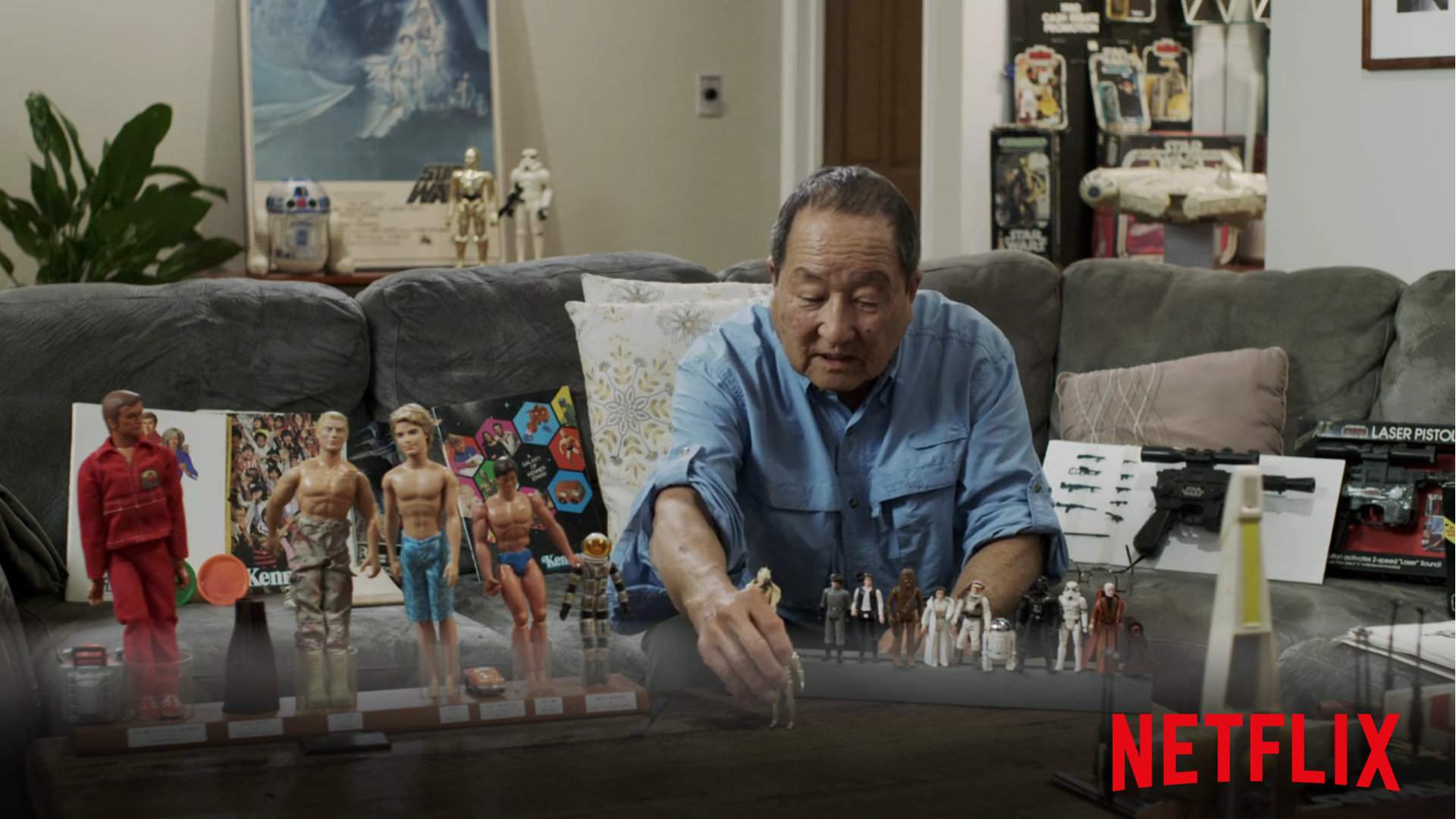Cet article est également disponible en français
What can we learn about agility from a 70’s US toy maker? Are we so incapable to evolute even when we see solutions in front of our eyes?

The first episode of Netflix’s documentary “The Toys That Made Us” got my attention, as it was centered on Star Wars franchise. I didn’t know toys from this time, but I was interested anyway as a fan.
This is how I discovered the story which reminded me of one of the agile manifesto’s pillar: Customer collaboration over contract negotiation.
(I invite you to watch my talk (in French) about another pillar of agility: Individuals and interactions over processes and tools)
History
We are in 1976, 25 years before the signing of the agile manifesto. Georges Lucas, six months from the release of his first Star Wars film, finally allow the release of models of characters and vehicles for toy manufacturers.
All Us toy makers, even the largest ones, refuse to commit themselves with so little delay (usual delay at this time was about two years).
Then, a small toy maker from Ohio, Kenner, took the bet. on a handshake only.
Customer collaboration over contract negotiation
Let’s go back to the same conditions.
We are at a time before the release of Star Wars. The public doesn’t know about the franchise yet.
In spite of the short time and the uncertainty of the success, not only Bernard Loomis accepts the challenge, but in addition, in total collaboration with his client.
Indeed, in order not to lengthen the deadline, Loomis agreed to stay for months without an official contract, simply with the words of Lucas and meanwhile, he started the production.
Autonomous teams
One the keys of the success we know today, is the autonomy Kenner has given to his teams. Each designer has his freedom to decide how he would do things, to the point that one of them, Dave Okada, cut his own sock to make the prototype Jawas coat!
The client (Lucas), expressed his need with production schema, plans and photos.
The product owner from Kenner transform this need into real stories: who is the character (easily done with the script), maximum size of figurines while explaining why (the tallest the figurine is, the larger vehicles will be, and therefore more expensive –too much expensive), etc.
The production team understood the need et went to work to quickly produce a version of the product done from explorations and experiments. A kind of minimum viable product allowing them to quickly get client’s feedback (the documentary doesn’t mention any user tests).
Do these three roles not remind you of anything?
- Stakeholders
- Product Owner
- Dev Team
It’s a Scrum Team!
To infinity …
Loomis hired people for their knowledge and known to trust them to resolve the problem he took.
It doesn’t make sense to hire smart people and then tell them what to to , We hire smart people so they can tell us what to do.
Steve Jobs
We can also notice in the documentary that although Lucas regrets the oral deal and although it is not at all his interest, the deal is respected until the end.
Collaboration is the key to success
Agile values to rule the world
It’s very interesting to realize that agility is not link to computer world. It’s a concept, a principle and ideas, valid at all level of our life.
Kenner’s stock value climbed up to 40% a few months after the release of the toys, thanks to this principle which is a pillar of agility. According to Statistic Brain, the franchise have brought nearly $4 billion to Kenner and a few other billions thereafter.
Do you know about other extra-ordinary use case of agility principle out of IT?
Discover the series “The Toys That Made Us” on Netflix.
(©image by Simon Q)
